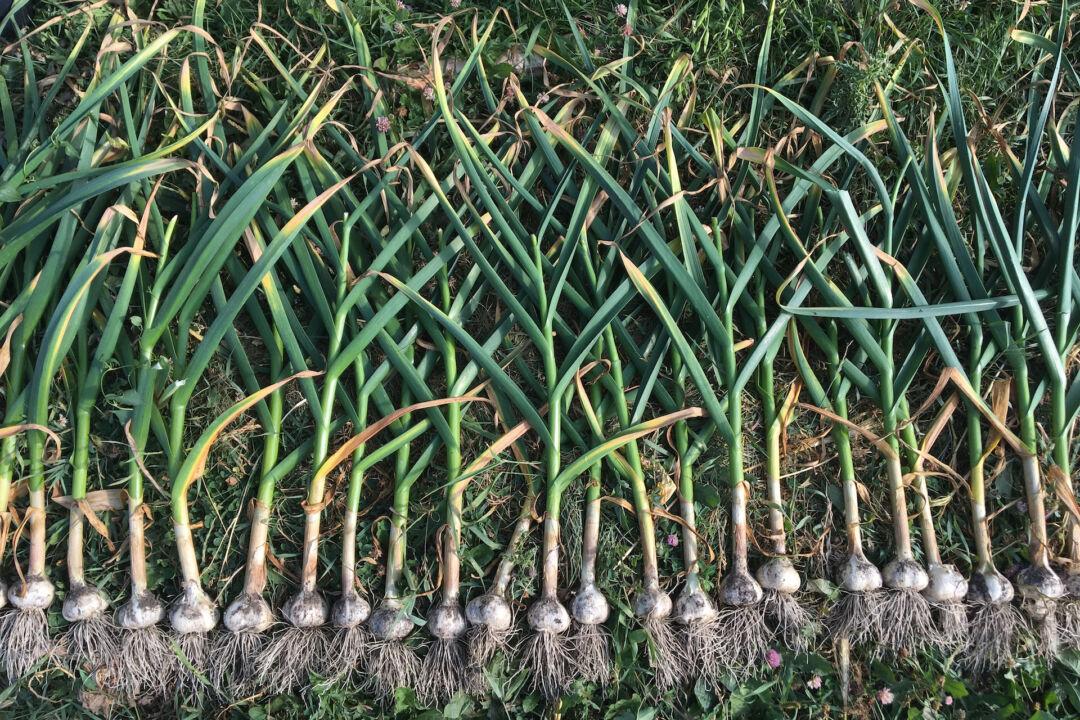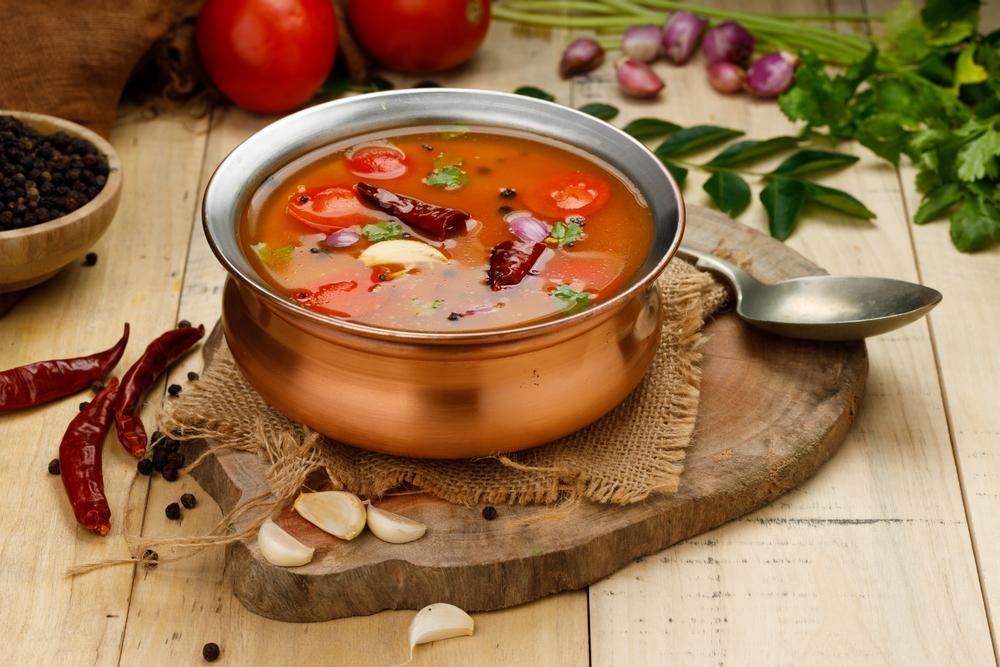Across the Northern Hemisphere at about this time, garlic plants are reaching for the sun. Each clove planted last fall has divided and swollen into a bulb of cloves, while the flowers emerge in a circuitous path. Each flower sits on a stalk that, before it will stand up straight like a stalk is supposed to, spends a few days curling around like Cupid’s hair, before finally reversing course and uncurling, at which point the stalk straightens and the flower opens in a firework-like bloom.
A Seasonal Ritual
For garlic growers, picking the scapes is a chore, something you must do if you want the big bulbs. But it’s also kind of a celebration. You are harvesting the first garlic of the season, in the form of these whimsical looking plant sex organs. Garlic juice runs down your hands as you hold a clump that grows as you walk among your garlic plants.Between the curves and curls and organs and whatnot, it’s hard to not be flowery when writing about garlic flowers. And to a farmer who has run out of garlic from last year’s harvest, those scapes are a lifeline of garlic to cook and eat while you wait for the new crop.
Most growers don’t wait for the scapes to curl around twice, because that’s just too much time for the plant to lose focus on bulb growing. Another matter of debate, and ultimately personal preference, is how to harvest the scapes. Do you snap them off with a flick of the wrist, slice them like a rose, or grip the stalk as soon as it emerges from the plant and pull straight up, gently, until it snaps and slides out?
Cooking With Scapes
When I got to Cua’s stand, I had been walking around the farmers market asking growers what to do with scapes. But all I got was the typical advice to stir-fry, grill, or make pesto. Thankfully, Cua had some better ideas.She uses her scapes as kebab skewers for grilled meat and veggies, and she makes a chopped relish-y sauce of garlic flowers and fresh herbs that she calls “pepper.”
“We put pepper on everything,” she told me. “It’s so good!”
Since that conversation, I’ve made several rounds of scape skewers on the grill. It’s like making anything else on a skewer, except in this case you chew the skewer, which has the flavor of grilled garlic, and tastes delicious with the meat or pepper or whatever else happens to be on it.
The only special advice I can offer is to skewer stuff that will cook at the same rate as whatever else is on the same scape—standard advice for any skewer cookery. Make scape-sized holes in each piece of meat or vegetable with a chopstick, poking the narrow end in first and then pulling it through. Slide the reamed-out items onto the scape, like stringing beads on a green garlic necklace.
Before I left Cua’s stand that morning, I got directions on how to make her beloved pepper. Now that I’ve made it, I get the attraction.
It’s a lot of work, chop chop chopping everything up. But it lives up to the hype, especially after a few minutes of marinating together into a dazzling tangle of flavors and aromas, with various herbs mingling with the garlic and each other. It’s got bass, it’s got treble, and it’s lovely and refreshing atop anything savory. Or as a dip, if you have something crunchy. Or by the spoonful, one chunky, spicy, scape-y bite after the other.

Cua’s Scape Pepper
This relish is meant to be eaten fresh, or a few days old. Put it on everything, or straight in your mouth.- 1 bunch garlic scapes (about 1 cup minced)
- 1/2 cup minced spring onions, white parts only
- 1/2 cup minced cilantro
- 1/2 cup minced parsley
- 1/2 cup minced mint
- 1/4 cup minced lemongrass leaves
- 1 tablespoon hot chile flakes (more or less, depending on your heat tolerance)
- 1 teaspoon salt
- 1/2 cup lime juice
- 1 tablespoon fish sauce
Hold the scapes in a small bunch with the curls superimposed and ends lined up, and slice coins off the ends as thinly as possible. When you have a cup, mince the other herbs and mix all the ingredients together. If you wish, carefully use a blender to lightly chop it further, but don’t homogenize it. You want it chunky like pico de gallo. Taste and adjust the seasonings as necessary.





